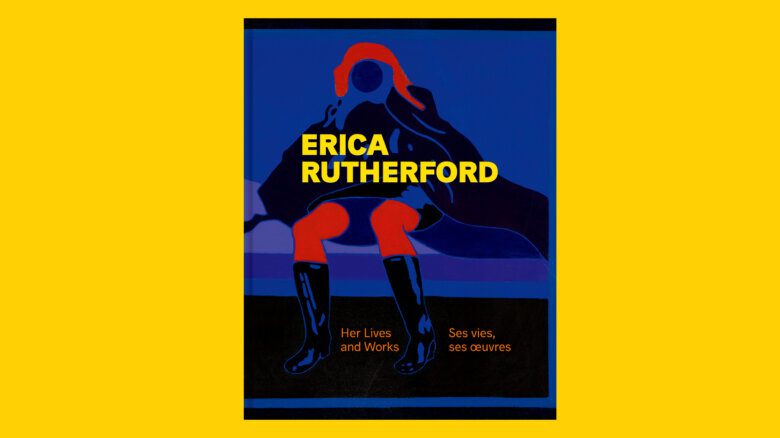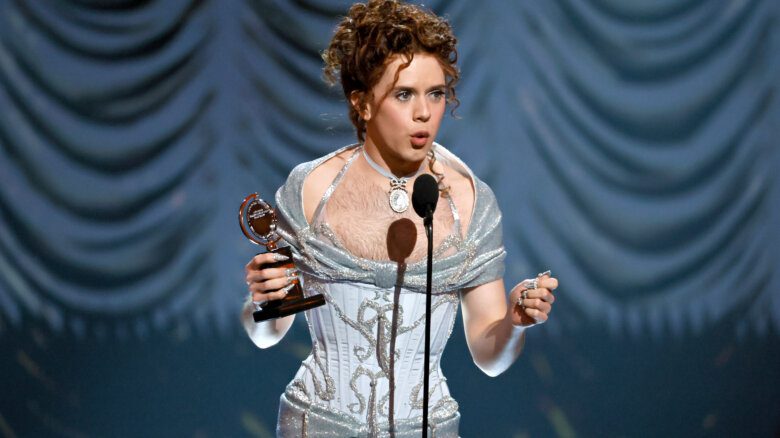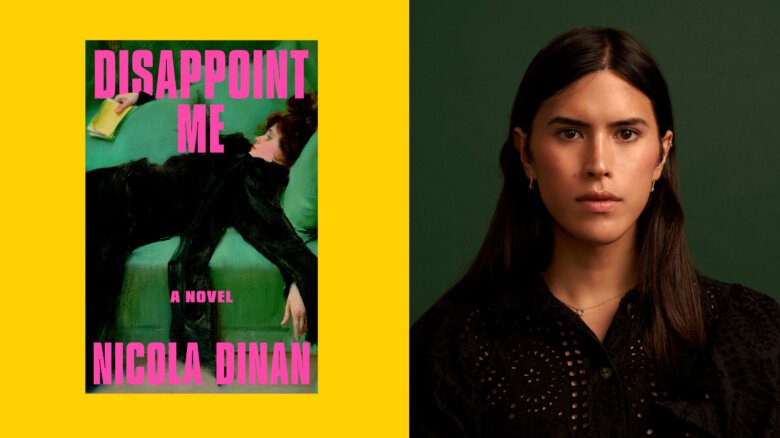The first time I saw The Maltese Falcon I was either too young or too stupid to realize that one or two of the villains were supposed to be gay. The story is a rip-roaring yarn about the quest for a fabulous “black bird,” but compared to your average modern Michael Bay-produced blow-it-up thriller, nothing much happens and the story depends for its energy on some swampy sexuality and the sheer freakiness of its villains, all of whom are one-note wonders — the fat man, the femme fatale, the boy gunman and the mincing pansy.
In retrospect, the latter is pretty obvious. As played by Peter Lorre, Joel Cairo is a bug-eyed mass of effeminacy, but his orientation is not spelled out. The film leaves you to draw your own conclusions.
Unlike the book which, for a novel written in 1930, is pretty damn explicit about sex. The hero is an adulterous cad who has one-night stands with no questions asked and the Cairo character is identified as a “queer” and a “fairy” from the get-go. In fact his characterization rests on his effeminacy — his “mincing… steps,” “round effeminate chest” and his heavy, sandalwood perfume. He and the femme fatale get into a cat fight over a “boy” Cairo “had in Constantinople.” “The one you couldn’t make?” he screams at her. By late in the book, it looks like that same “boy,” the toy gunman Wilmer, is actually his “boyfriend.”
It’s not the most uplifting portrait of gay life but it’s unblinkingly there, and the older I get the more I value visibility over correctness. In fact, I’m developing quite a thing for historical homophobia. It’s never quite what it seems and every insult seems to contain the germs of a more positive identity.
The Falcon’s straight guy hero doesn’t like Cairo or his boyfriend and he calls them every derogatory name in the book but in naming them he is also forced to respect them. When Cairo and his friend get into a fight, Spade laughs, “The course of true love.”
He’s a sarcastic bastard all right, but so what? To repurpose an old cliché, there’s no such thing as bad publicity, especially when it comes to the historical record. Representations of gay lives are so scarce in the pre-Stonewall era that even the smallest homophobic slur is a call for rejoicing, a sign that we were there.
In fact, finding this stuff has become my latest literary hobby and to my astonishment I must say that it’s not exactly hard. From Evelyn Waugh’s 1920s satires to Ross Macdonald’s very ’50s detective novels, early 20th-century literature is rife with queer characters, most of them attracted to makeup and the arts, but still quite obviously there. I don’t usually expect to find gay characters in books written before, say, 1960, and when I do it’s an unexpected bonus, like finding a hidden treasure. It turns almost any novel into a detective story where the clues are mincing and mascara.
As a reading strategy, it adds interest to great books and value to bad ones. It’s astonishing to see a lesbian couple portrayed as, well, just another couple, in a book like Anthony Powell’s intoxicating novel sequence, A Dance To The Music Of Time, the first volumes of which were published in the ’50s. It’s even more astonishing to see this sort of stuff up close and personal, in the annexes of the local canon.
Even among CanLit freaks, Wyndham Lewis’s 1954 novel Self Condemned is a bit of an obscurity. The story of an English intellectual’s exile in Second World War Toronto (here disguised as a provincial, philistine dump called Momaco), it’s loggy, pompous, slow-moving and filled with clumsy prose. In fact, I’d have to say it’s one of the worst novels ever written by a major author. But it’s also a fascinating glimpse into upscale homo life in the ’40s. One of the first locals on display is a rich gay book collector called Cedric Furber and, despite much ambivalence on the part of the hero, Mr Furber is described in considerable detail. A member of the “Pansy-clan,” Furber looks like one gay author (Lytton Strachey) and collects several others (Proust, Cocteau). He decorates his study with male nudes and an “obscene” ink drawing by Cocteau. The narrator can’t quite believe Furber has a sex life. Surely this “inhuman old maid” just likes to watch? But we know better. Most of the old boy’s friends are young and of unspecified gender.
For reasons that probably have more to do with Lewis’s cranky personality than the mores of his time, Furber is described with a mixture of affection, outrage and hysterical homophobia. Yet by the end of the book, you have a slightly better idea of what it might have been like to have been a homo in ’40s Toronto. Detailed and domestic, it’s the sort of portrait that official histories seldom offer. Obsessed with politics and the law, they show homos in extremis, up against the courts or their minions. For ordinary homos at play, you’d do better to follow the homophobic wisecracks. Like a string in the labyrinth, they lead all the way back to full-blooded reality.
 Why you can trust Xtra
Why you can trust Xtra


